After returning home to Australia on 15 June 1919 after an absence of 1775 days HMAS Australia I resumed the role of RAN flagship.
A year later she played the leading part in the naval activities associated with the visit of the Prince of Wales in HMS Renown, but her time was rapidly running out.
HMAS Australia had always consumed a large proportion of the Navy’s budget and manpower, and as funding was reduced the Navy decided that resources could be better applied elsewhere.
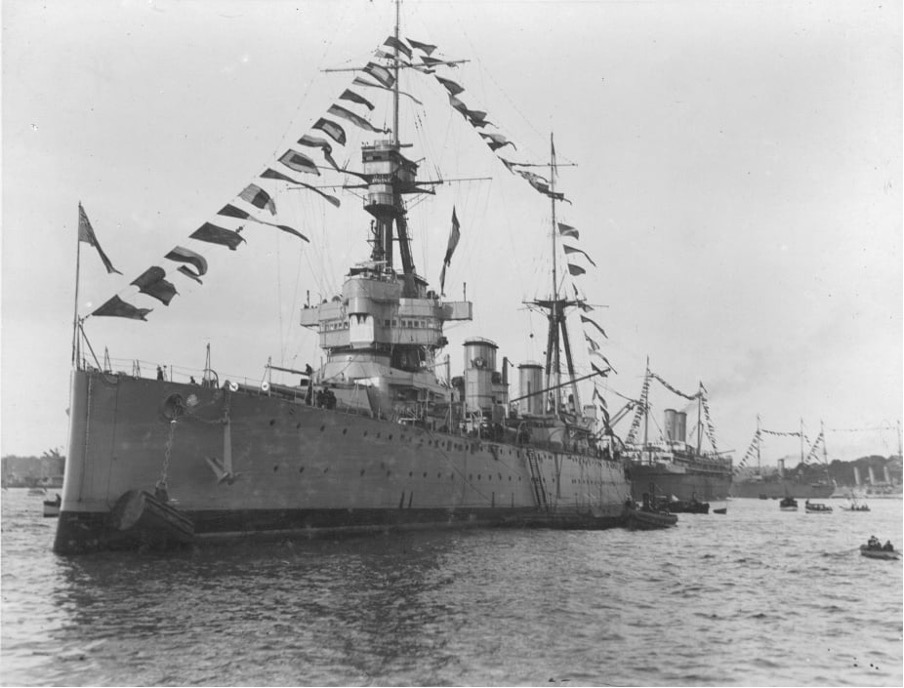
She was given a nucleus crew and her role downgraded to that of a gunnery and torpedo drillship at Flinders Naval Depot with a secondary role as a fixed defensive battery. In November 1921 she returned to Sydney and the following month was paid off into reserve on 12 December 1921.
Less than three years later she was prepared for scuttling to comply with the terms of the Washington Naval Treaty of 1922, which provided for a reduction in naval strengths.
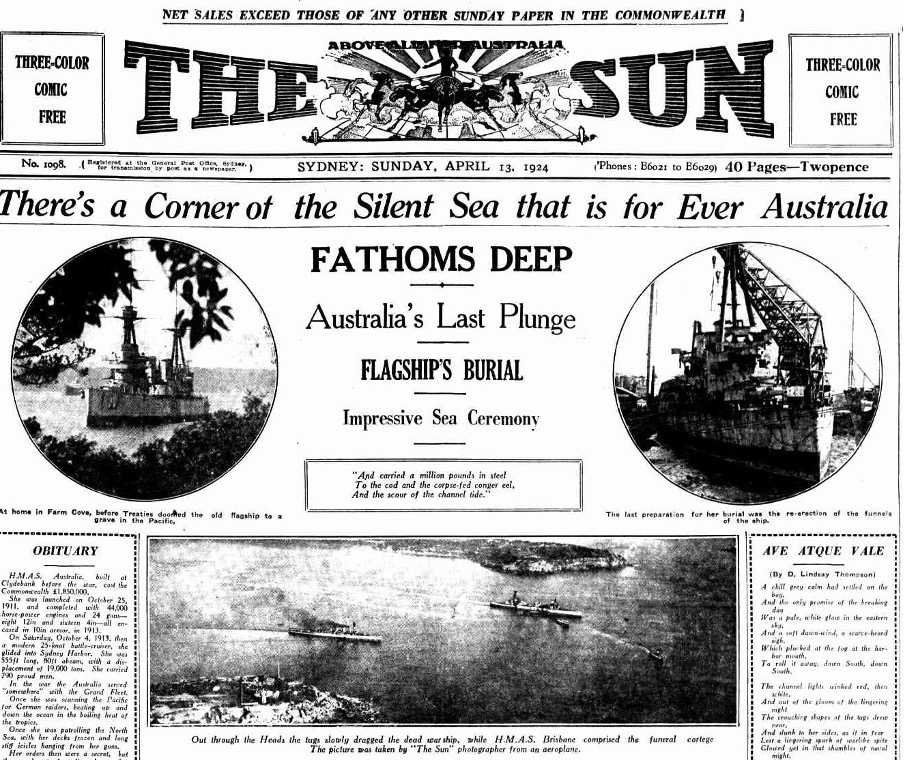
The RAN had already removed some of the ship’s equipment for use in other warships, and now began the deliberate scrapping of Australia (I) by extracting piping and other small fittings. In all more than £30,000 worth of materiel was retained for future naval use, while a further £35,000 worth of fittings was removed and allocated to the Universities and Technical Colleges of the various states.
At least some of these items remained in regular use as teaching aids for over fifty years. On 2 January 1924 the Defence Minister signed a contract with a syndicate which undertook to remove everything else of value for the sum of £3000. The syndicate also secured the rights to sell parts of the vessel to the public as souvenirs. The task remained great, but 359 men in two shifts had by 3 February rendered Australia (I) unfit for warlike service.
She was towed to sea by tugs and sunk along with her main armament in position 095 degrees, 24 miles from Inner South Head, Sydney, on 12 April 1924.


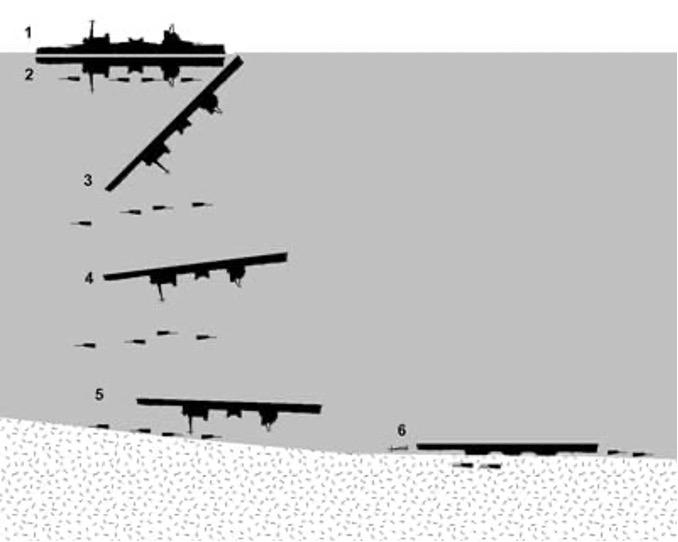
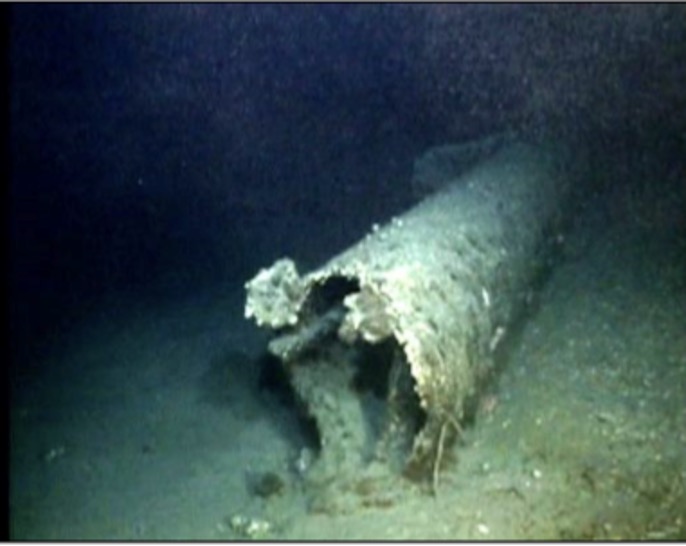
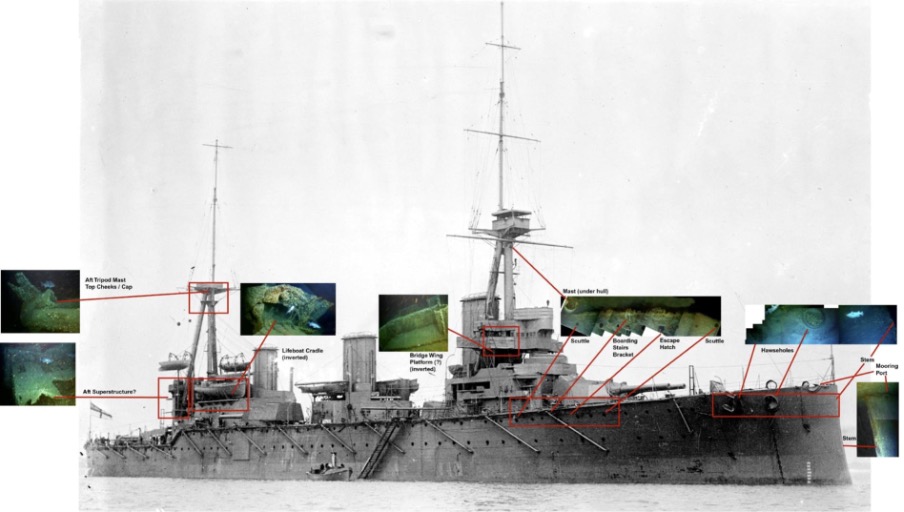
Additional Information
The Burial of Australia’s First Flagship HMAS Australia




